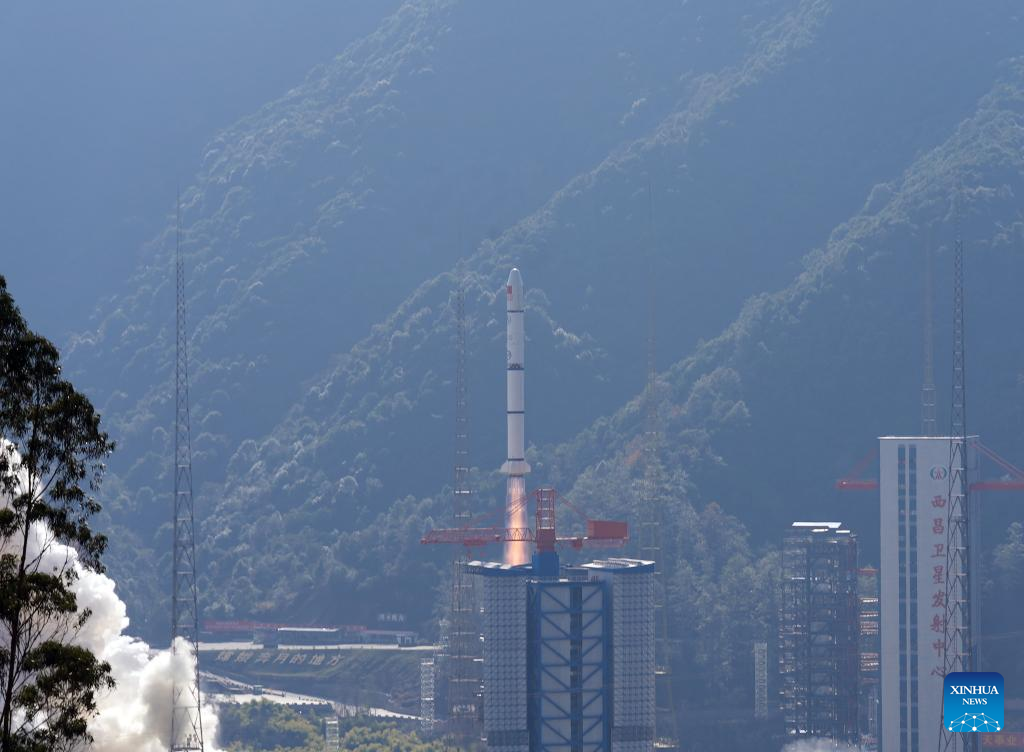China launches new satellite for violent cosmic phenomena observation


The WXT can keep an eye on one-twelfth of the entire sky at one glance, according to Ling Zhixing, a WXT instrument scientist.
FXT, developed by an international team led by Chinese scientists, feature high sensitivity and are not only suitable for rapid follow-up observation, but also able to independently discover explosive and transient sources, said Chen Yong, a researcher at the Institute of High Energy Physics of the CAS, who is responsible for the development of FXT.
When lobster-eye telescopes receive X-ray signals from a transient source, the onboard computer will process the data in real time and pivot the spacecraft to target the celestial body with FXT. FXT will then conduct high-precision follow-up observation. The two telescopes will complement and cooperate with each other, said Zhang Chen, assistant to the EP mission's principal investigator.
The team also developed CMOS sensors for X-ray observation in space, which is an innovative X-ray astronomical detector, Zhang said.























